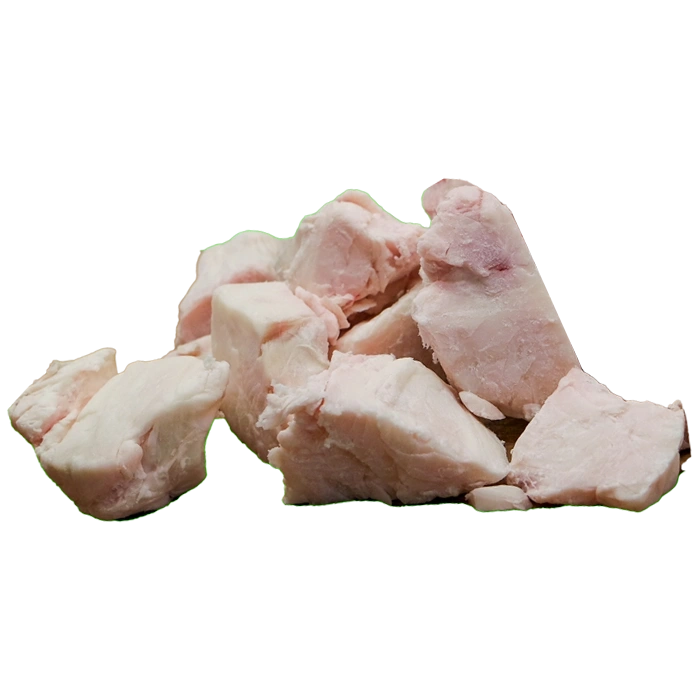Nutritional properties of Goat Fat
Energy :
900.00 Kcal / 100g
Category : Oils and Fats
Group : Animal Fats & Oils
Composition And Nutritional Value :
Animal fat from beef or lamb, also known as tallow or suet, consists primarily of saturated and monounsaturated fats. Key components include:
Saturated fats: These fats make up a large portion of animal fat and contribute to its solid texture at room temperature. They are energy-dense and can withstand higher cooking temperatures.
Monounsaturated fats: Animal fats contain oleic acid, a monounsaturated fat that may support heart health in moderate amounts.
Vitamins: Beef and lamb fat naturally contain fat-soluble vitamins like vitamins A, D, E, and K, particularly if they come from grass-fed animals.
Cholesterol: Animal fats contain cholesterol, which the body uses for hormone production, cell structure, and vitamin D synthesis.
Health Benefits :
While animal fats have been controversial, they offer certain benefits when consumed in moderation:
Rich source of energy: Animal fats are calorie-dense, providing a steady source of energy.
Nutrient absorption: Saturated fats help the body absorb fat-soluble vitamins (A, D, E, K) and other essential nutrients.
Stable for cooking: Saturated fats are less prone to oxidation at high heat, making animal fat a stable choice for frying or roasting.
Source of CLA: Grass-fed beef and lamb fat contain conjugated linoleic acid (CLA), which may support weight management, reduce inflammation, and improve body composition.
Despite the benefits, there are some considerations and potential downsides to consuming animal fats:
High in saturated fats: Consuming large amounts of saturated fat may raise cholesterol levels and increase the risk of heart disease, so moderation is key.
Cholesterol content: People with existing heart conditions or high cholesterol levels may need to limit their intake of foods high in cholesterol.
Caloric density: Animal fats are very high in calories, which can contribute to weight gain if consumed in large amounts.
Ethical and environmental concerns: The production of animal fats has environmental impacts, and some people avoid them for ethical reasons.
Culinary Uses :
Animal fat, particularly beef or lamb fat, has a rich flavor and can enhance many dishes. It is commonly used in traditional cooking methods and has several applications:
Roasting and frying: Beef and lamb fat are excellent for high-heat cooking methods like frying and roasting, as they are stable and resist oxidation.
Flavor enhancer: These fats add depth and richness to dishes, especially in savory foods like stews, roasted vegetables, and gravies.
Baking: Animal fats can be used in baking for flakier pie crusts and biscuits.
Preservation: Historically, tallow and suet have been used to preserve meats and other foods because they create a protective layer that prevents spoilage.

